As it celebrates this momentous birthday, we take a closer look at the history of the Girls’ Brigade
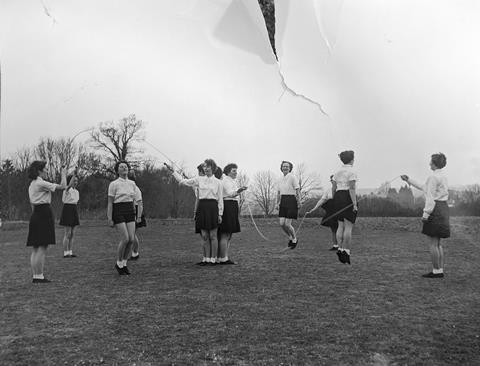
A journey through the Girls’ Brigade physical archives is a journey through time. It’s a small room tucked away at headquarters, which could be mistaken for a storage cupboard filled with donations from previous members and volunteers. But digging through the boxes of old badges, uniforms, photographs, hats and hundreds of carefully bound issues of the Girls’ Brigade newsletters, a story begins to unfold. It’s the story of young women who, for 130 years, have participated in an organisation that has offered them significant and empowering opportunities – starting years before women in the UK even had a vote.
This year marks 130 years since the Girls’ Brigade began in 1893. It existed in tandem with the women’s equality and empowerment movements of the 1900s and continues to equip young girls today to grow in confidence to change their communities.
We take a look at what’s changed since the beginning of the organisation – for its members and for girls’ rights.
1893
In a time when women didn’t have the vote and they had to fight for their right to formal education, an organisation began for girls. Girls’ Brigade started as a regular physical education (PE) session during Sunday School in Ireland, but soon became a formally recognised girls-only group – the first of its kind.
1902
Before the Scouts or the Guides began, Girls’ Brigade groups were being established across the UK. These Christian groups offered a place for girls to meet outside of church and encouraged self-reliance and responsibility as a woman.
1919
The Parliament Act 1918 was passed, allowing women to be elected to parliament for the first time. The January 1919 issue of The Life Brigade Chronicle shown here reminded young women of the importance of the milestone and the responsibility they have moving forward.
1940
A meeting of the Girls’ Brigade was cancelled one evening after their city became the landing place for thousands of soldiers from Dunkirk. One of the chief items on the agenda that evening was to figure out how to care for and host the refugees who were expected to arrive, so rather than meet a notice went up: “Meeting cancelled. Please come and help feed 850 hungry heroes.”
1950s
Young girls could work towards earning badges in hundreds of areas including first aid, PE, skipping, knitting, music, map reading and cooking. 1966
A recognisable fixture of the local community, Girls’ Brigade members along with their leaders became close-knit groups, building friendships and learning new skills. Some groups had a youth marching band.
1976
The Girls’ Brigade continued to reach out into the community wherever possible. Fundraising initiatives like a bring and buy sale and coffee morning in Leigh-on-Sea raised money for the Royal National Mission to Deep Sea Fishermen.
1993
Girls’ Brigade celebrated its 100th anniversary – the organisation had expanded globally into Africa, Asia, the Americas, Europe and the Pacific.
A vast network of past members shared their favourite things about being a part of the organisation and discovered that it hadn’t changed too much – one group leader from West Sussex, Margaret Taylor said: “It’s always been a safe place for all girls where they can be themselves and can be encouraged in their potential. We’ve consistently had a place for girls to grow and enjoy themselves and in the process become an important part of the community.”
One thing that had changed was the uniforms. Girls’ Brigade members no longer had to wear the hats, tunics, pinafores or blazers, instead uniting in colourful polo shirts.
2009
New programme materials were launched to include topics such as: ‘Our Feelings’, ‘Inner Beauty’, ‘World Need’ and ‘Be the Change’ to reflect topics relevant to the world young people are living in today.
Today
There are 6,000 young people and over 2,300 volunteers in Girls’ Brigade England and Wales. Over 130 years, the organisation has been championing young girls to grow and learn and prepare them for life ahead. Now, the opportunities for girls are boundless – and having a group of peers and leaders cheering them on is one of the most significant ways young women can be empowered today.
Girls can make life choices today that women 130 years ago couldn’t have made. Girls are growing up in a world that is changing fast, but organisations focused on female empowerment and opportunity have played an important role throughout history in shaping the women of today.
To find out more about Girls’ Brigade and what it looks like in your community, go to girlsbrigadeministries.org.uk













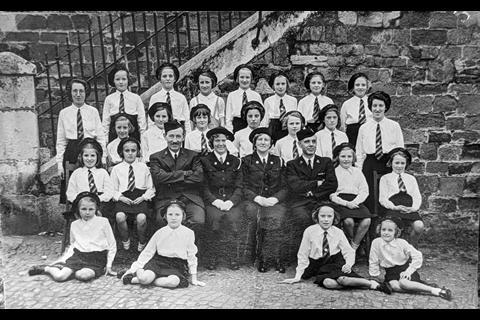

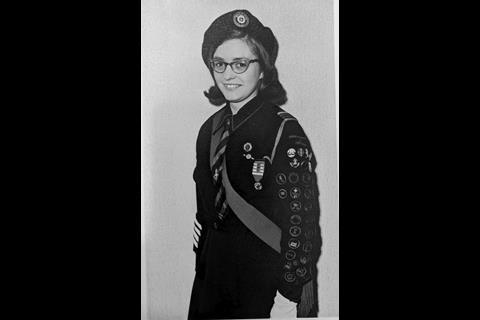
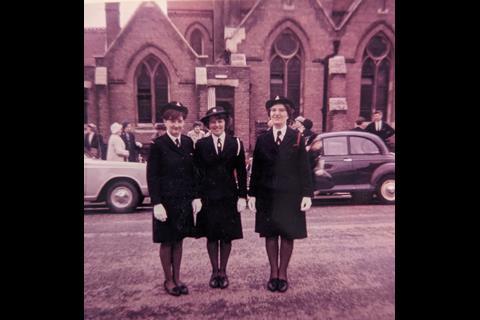
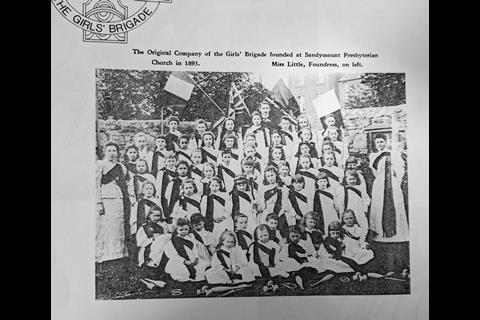
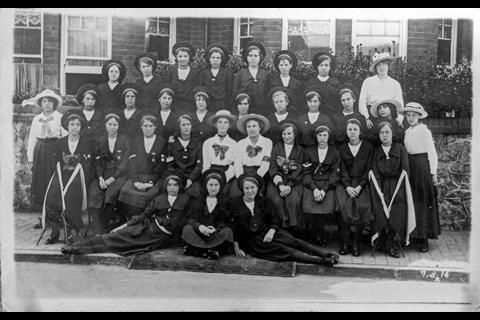
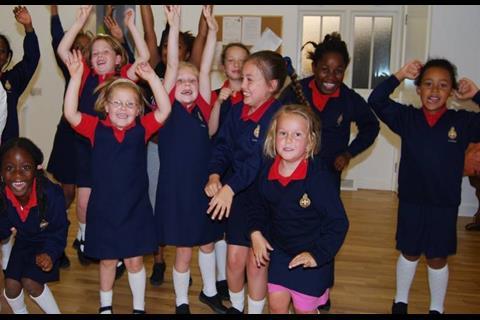

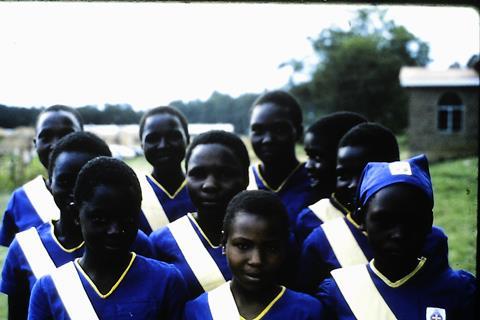
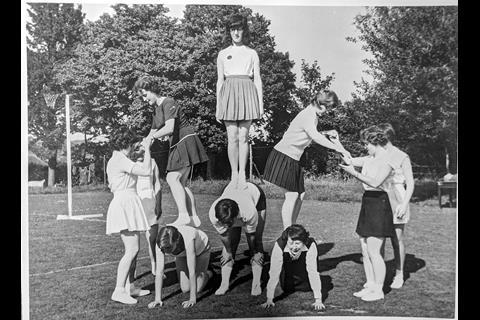
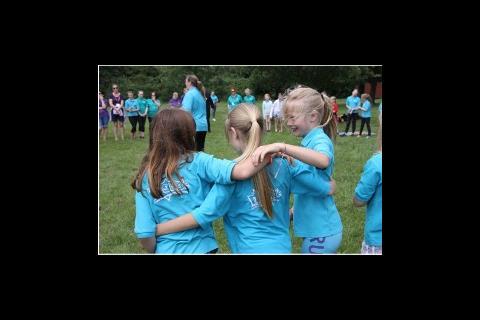
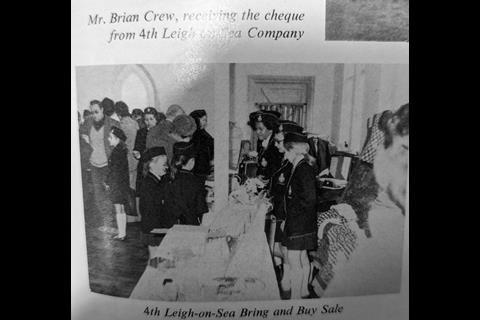


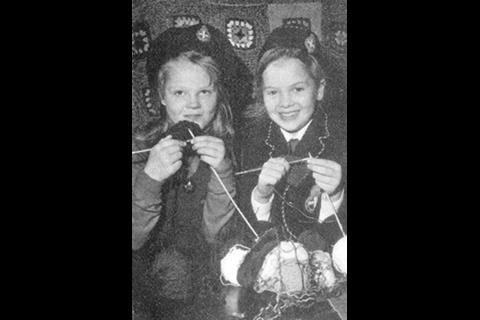


















No comments yet